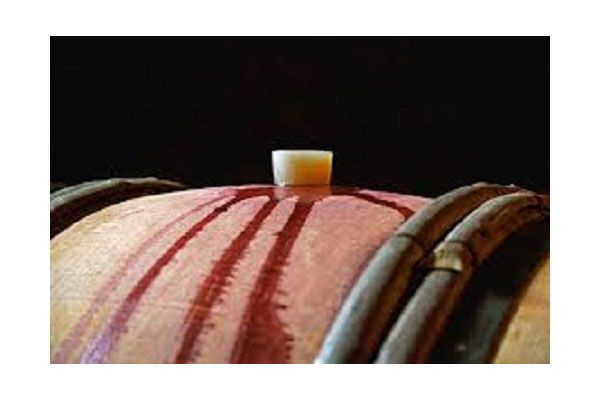It is almost impossible to go wine tasting in Napa Valley and not hear about what percentage of the Chardonnay you are tasting underwent a mysterious transformation known as malolactic fermentation. The backlash to sweet, oaky, buttery California Chardonnay has some believing that no malo equals better. But is this really the case?
For some winemakers, malolactic fermentation is a natural process that happens when a bacteria that lives in most wineries converts the malic acid (the acid of apples) in a wine to lactic acid (the acid of milk) lowering the wines total acidity and often giving the wine a richer, creamier mouthfeel. For others, like Peter McCrea of Stony Hill, malo is downright a flaw: “We have only ever lost one barrel to malolactic,” he told us on a recent visit. (Since all red wines go through malo, when Stony Hill started making Cabernet Sauvignon from estate grapes, they chose to ferment it and age it at a different winery lest the bacteria "infect" the Chardonnay.)
Wine drinkers often think of malo-ed Chardonnay as having a buttery aroma, but according to one winemaker I spoke to, this buttery aroma is caused by diacetyl, a byproduct of malo that tends to integrate and resolve itself with time in barrel–meaning it goes away if you don’t bottle the wine too soon after it finishes malo.
But whether or not or to what extent a Chardonnay has gone through this conversion is in no way a judgement of the wine. It’s a stylistic decision often dictated by the ripeness and intensity of the grapes on a given year. Often, winemakers who pick riper — looking for tropical fruit flavors in their Chardonnay — tend to be more likely to use malo as a way of making a full body, full flavor wine. They also tend to be more likely to use new oak barrels, making for a bigger style of wine all around.
As lovers of wine, we do ourselves a disfavor by dismissing either style. There are fine, balanced examples of each being made in Napa today and chances are there is room for both in your life — just as there is room for both grilled fish and chicken parm.
Classic Napa Chardonnay producers in the no-malo camp:
Chateau Montelena
Grgich Hills Estate
Stony Hill
Balanced, fuller-bodied wines that undergo some percentage of malolactic on most years:
Kongsgaard
Mi Sueno
HDV
Related Articles
